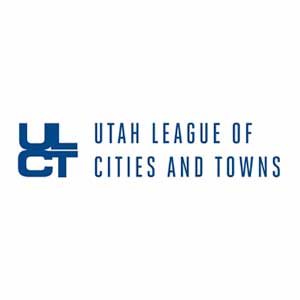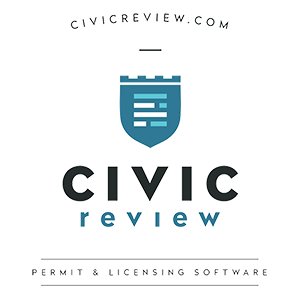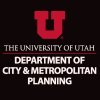Using Forecasting Models to Predict Foot Traffic
July 14, 2022 by Nicole Masson
Policy/Legislative
Walkable cities have proven economic, public health, and social benefits. Yet, the planning profession lacks practical methods for predicting how new development proposals affect walkability patterns.
How can planners predict foot traffic from a given development? In “Estimating Pedestrian Flows on Street Networks,” (Journal of the American Planning Association, Vol. 87, No. 4), author Andres Sevtsuk proposes a model for determining pedestrian activity that accounts for pedestrian behavior under different circumstances such as accounting for time of day and potential “detours.”
Sevtsuk’s model helps fill in gaps in vehicular-centric traffic forecasting and implements a free Urban Network Analysis software tool, where pedestrian flows can be adjusted to different contexts using six key components:
- Pedestrian flows can be separated for different types of origin and destination points, allowing planners to calculate trips from nearby homes to a transit station, for example.
- Pedestrian flows can be limited to a chosen search radius, which determines the maximum “distance between origins and destinations.” For example, if planners want to determine how many people may walk home from a new transit station, the search radius variable limits the study to only those homes that are within a certain distance.
- Pedestrian flows can be modeled along all “plausible” routes instead of only the shortest route by using a detour ratio variable, which allows paths to deviate a certain length longer than the shortest path. For example, if an individual prefers to take fewer turns on their route, they may opt for a longer path out of personal preference.
- Trip generation from given origins can be controlled by an origin weight. This variable allows planners to factor in how larger residential buildings will generate more trips to a transit station than a single-family home.
- The diminishing likelihood to walk to a destination is controlled by adding a distance decay term, which adjusts how the probability of going to destinations depends on their proximity.
- When competing destinations are available for the same trip type, destination probabilities are assigned using the Huff Model based on destination accessibilities. For example, people may not always choose the closest restaurant, because a farther restaurant offers the type of food they desire. Sevtsuk’s adjustment accounts for both “the proximity and attractiveness” of these destinations.
The connections made between traditional traffic impact analyses and foot traffic patterns make this work extremely valuable for urban planning discussions around walkability. This importance is demonstrated in Sevtsuk’s application of his model to a case study of Kendall Square in Cambridge, Massachusetts. By calibrating his model to Kendall Square, Sevtsuk demonstrates how his model can estimate current and predict future foot traffic patterns that result from land-use changes.

Figure 4. Estimated change in foot traffic around Kendall Square due to redevelopment. Values indicate an increase or decrease in pedestrians during the evening peak period (4–8 p.m.).
Although the application of this model was described and limited to the context of Kendall Square, Sevtsuk discusses important applications this model may have, including the potential for citywide pedestrian flow models that developers can plug their projects into and help determine frontage usage and how public spaces support the existing pedestrian networks.
His proposed approach can be particularly useful in countering vehicle-centric traffic decisions because estimating pedestrian movement helps understand development impact, while also identifying pedestrian routes that may serve as locations for increased investment in public space infrastructure.
The Journal of the American Planning Association is the quarterly journal of record for the planning profession. For full access to the JAPA archive, APA members may purchase a discounted digital subscription for $36/year.
Top image: Interface (MIT)
ABOUT THE AUTHOR
Recent News
- » Hurry, it’s the final week to grab your conference tickets at regular prices!
- » 2024 APA UT Spring Conference: Cedar City, UT. The Call For Sessions is Currently Open.
- » Planning in the news: BYU students aim to eliminate parking woes through AI tracking system
- » Planning in the news: Living in Daybreak- What residents say the Utah community is really like
- » Planning In The News: Planning Commission green lights proposed ban on gas stations near waterways and parks
- » As states argue over who should cut their Colorado River use, a new plan puts the environment first

































